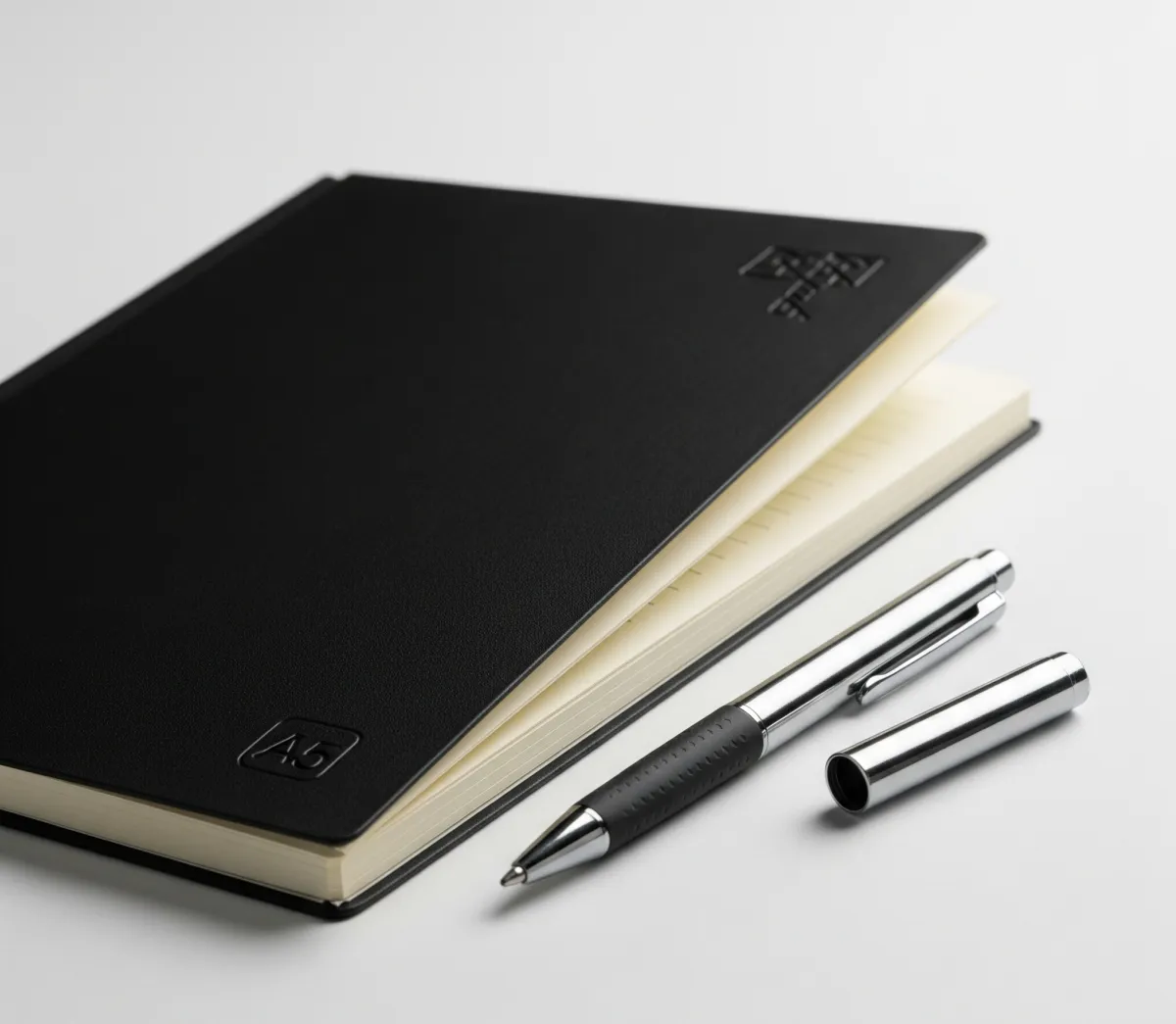
Welcome to Consult Kriba Blog

A quick guide to selling Indian stationery overseas
A quick guide to selling Indian stationery overseas
1. The size of the prize
The world still buys a lot of pens, books and art kits. Market researchers say the global stationery market was worth about USD 158 billion in 2024 and could jump to USD 238 billion by 2032 – roughly 5 % growth each year. Fortune Business Insights
India already earns good money here, but our slice is tiny:
Pens: USD 249 million in exports during 2023. The Observatory of Economic Complexity
Paper notebooks & diaries: USD 266 million. The Observatory of Economic Complexity
Exercise books for schools: USD 104 million. The Observatory of Economic Complexity
Wooden pencils & crayons: USD 51 million. The Observatory of Economic Complexity
Add smaller items (staplers, files, clips) and India clears a little over USD 700 million a year – barely 0.4 % of the world market. Plenty of head-room to grow.
2. Why the world likes Indian stationery
Value for money: Plastic barrels from Maharashtra, paper from Gujarat and pencil slats from Kerala keep costs low without looking cheap.
Flexible factories: Fully-automatic pen lines run 1 million pieces a day, while family workshops can make 2,000 hand-stitched diaries – so any MOQ is possible.
Eco options: FSC paper, soy inks and EN-71 safety reports help Indian products pass EU and US rules.

3. Six simple steps (the Reverse Sourcing Method made easy)
Pick one hero product. Example: A5 hard-bound notebook with 70 GSM FSC paper.
Match a ready market.
African education boards buy exercise books in March–April.
Gulf corporates gift notebook-and-pen sets before Ramadan.
US/UK web shops love “eco journals”.
Sort the paperwork early.
Get IEC and Udyam numbers.
Use the right HS codes – 4820 20 for exercise books, 9608 for pens – so customs is smooth.
Claim RoDTEP refunds (1.1 % on all 4820 items) – easy money back for MSMEs. DGFT Content
Market with proof, not just price.
Post a 30-second smear-test video on LinkedIn.
Send a “Back-to-School” sample pack (book + pen + timetable sticker).
Sell through relationships.
Start with two questions: “Which matters more – FSC logo or custom cover?”
Offer a door-to-door landed-cost quote, not just FOB.
Deliver like clockwork.
Shrink-wrap six books together and add a desiccant pouch.
Combine pens and books in one 20-ft container to lift invoice value and cut freight.
4. A 90-day starter timeline
Weeks 1-2: Register, open an export credit line.
Week 3: Lab-test ink and paper for heavy metals.
Week 4: Make 100 sample kits and shoot photos.
Week 5: Refresh Alibaba page and LinkedIn profile.
Week 6: Build a list of 50 serious importers.
Week 7: Send a short Loom video plus one-page spec sheet; ask their ideal MOQ.
Week 8: Quote FOB Mumbai and CIF, showing the RoDTEP saving.
Weeks 9-10: Produce the first 20-ft order; share mid-run QC photos.
Weeks 11-12: Ship three weeks before the buyer’s peak season; email point-of-sale artwork and book a feedback call.
5. Money cushions that keep risk low
Interest Equalisation Scheme: 3 % cheaper pre- and post-shipment rupee loans for MSME exporters (scheme extended and funded afresh in 2025). Press Information Bureau
Credit-Guarantee cover up to ₹20 crore: collateral-free term loans for “well-run” exporter MSMEs announced in Union Budget 2025-26. Press Information Bureau
6. Common mistakes (and quick fixes)
Flimsy cartons crush. Use double-wall 44-ECT board.
Ink leaks during sea transit. Demand ISO 14145 pigment certificates.
Only quoting FOB. Buyers prefer seeing the full landed cost.
Missing school calendars. Quote Africa in February, Northern Hemisphere in August.
Skipping eco labels. An FSC or soy-ink logo adds a few cents but wins orders.
7. Bottom line
Focus on one great notebook (or pen), tell a clear green story, and lean on India’s export-friendly schemes. With these simple steps an MSME can win its first overseas stationery order in a single school season – and there is still 99 % of the global market left to capture.